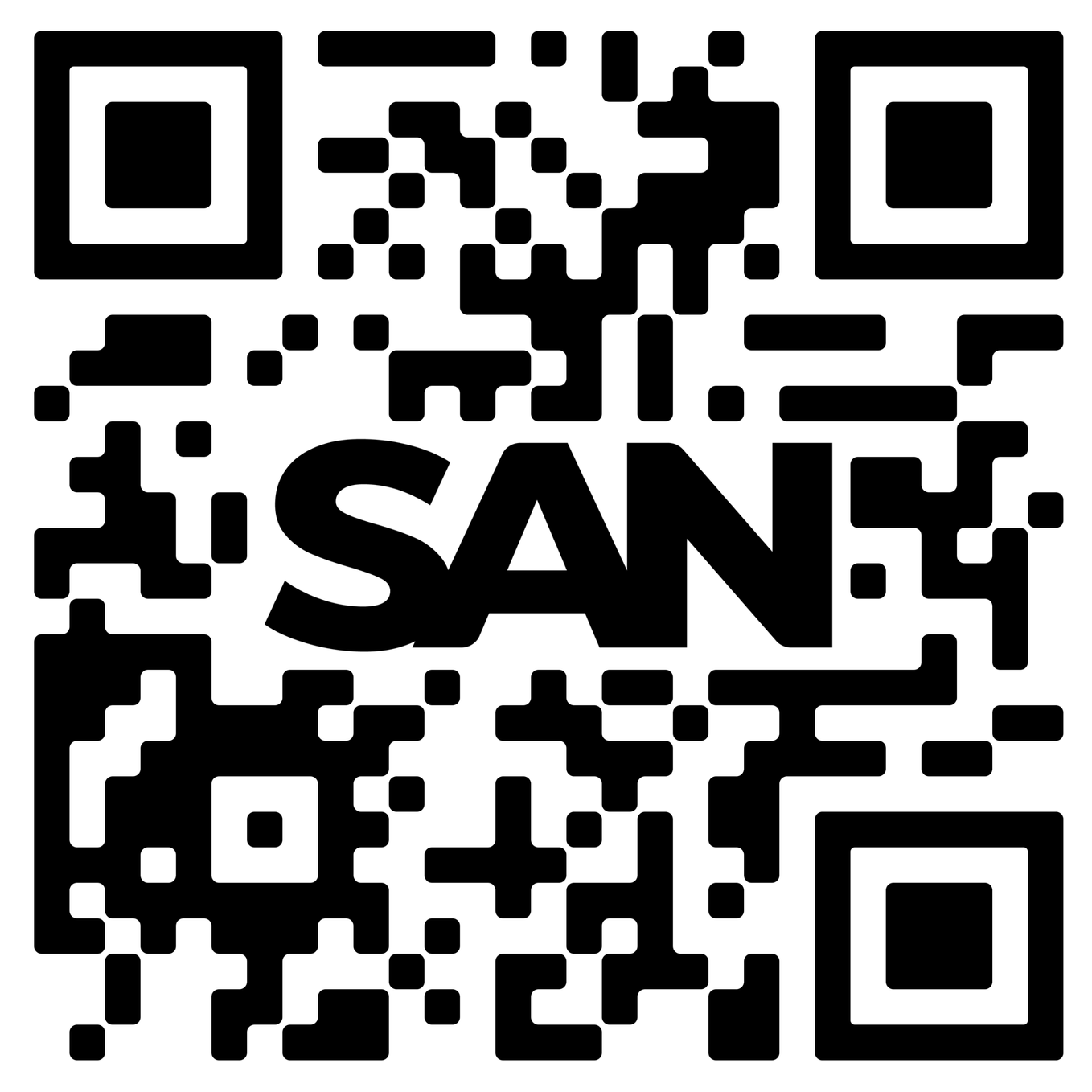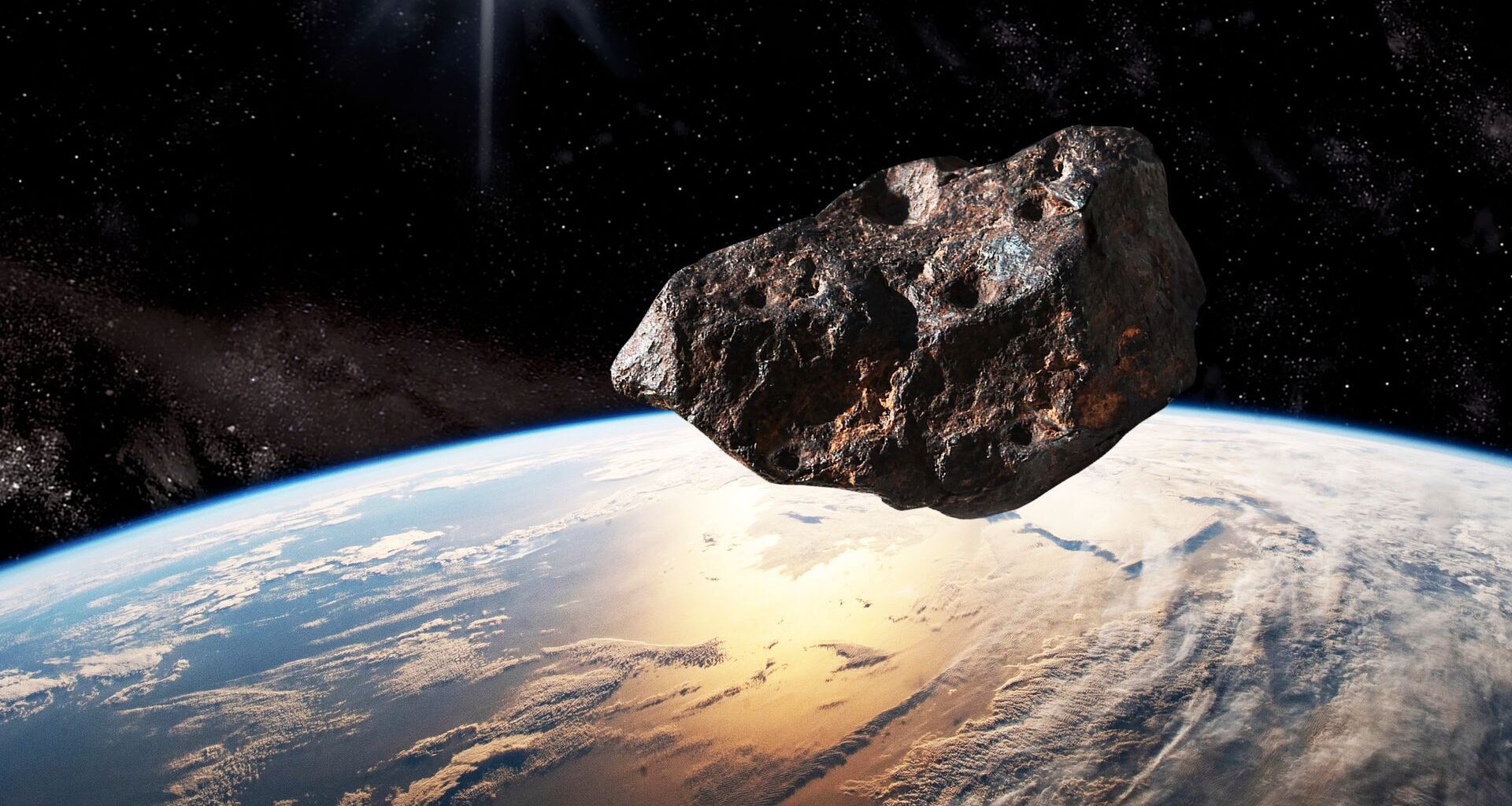Researchers, including some from NASA, say the best option to stop an asteroid with a 4% chance of smashing into the moon and a .00081% chance of slamming into Earth may be to nuke it. Earlier this year, the asteroid, dubbed 2024 YR4, made Straight Arrow News headlines as its odds of hitting Earth rose to the highest on record before plummeting to a tiny fraction of a percent.
Still, astrophysicists are concerned that a potential collision with the moon might pose a danger to the astronauts aboard the International Space Station (ISS), who could be hit by debris in the aftermath.

Download the SAN app today to stay up-to-date with Unbiased. Straight Facts™.
Point phone camera here
Why DART wouldn’t do the trick
A study submitted for peer review to the Journal of the Astronautical Services found that the best available option to prevent an impact with the moon would be to blow up the asteroid.
That would be an entirely different approach than NASA’s 2022 Double Asteroid Redirection Test (DART), which successfully changed the trajectory of an asteroid named Dimorphos by ramming an object into it at high speed.
Scientists argue that there isn’t enough time to conduct a reconnaissance mission, which would need to be launched by late 2028, given the uncertainty about the asteroid’s weight and size.
Researchers estimate the asteroid’s weight could be as high as 2 billion pounds, leaving a DART mission out of the question.
The nuclear option
The team further asserts that a so-called “kinetic disruption mission,” which would entail blowing up the asteroid into smaller pieces, would take up to seven years to develop. Instead, they argue that a “nuclear disruption” mission, with a launch window between late 2029 and late 2031, would be the most effective solution.
The plan involves deploying a pair of 100-kiloton nuclear bombs capable of traveling to the asteroid. Futurism.com reports that such bombs are five to eight times more powerful than the nuclear bombs that the U.S. dropped on Nagasaki and Hiroshima in 1945.
Start your day with fact-based news.
Uncertain future
Much remains uncertain about the response to the asteroid’s threat.
The Trump administration carried out major budget cuts at NASA earlier this year, and it is unclear whether the White House would want to dedicate money to the mission, given the asteroid’s minimal chance of impacting the moon and even smaller chance of hitting Earth in December 2032.
Alan Judd (Content Editor),
Jack Henry (Video Editor),
and Drew Pittock (Digital Producer)
contributed to this report.

